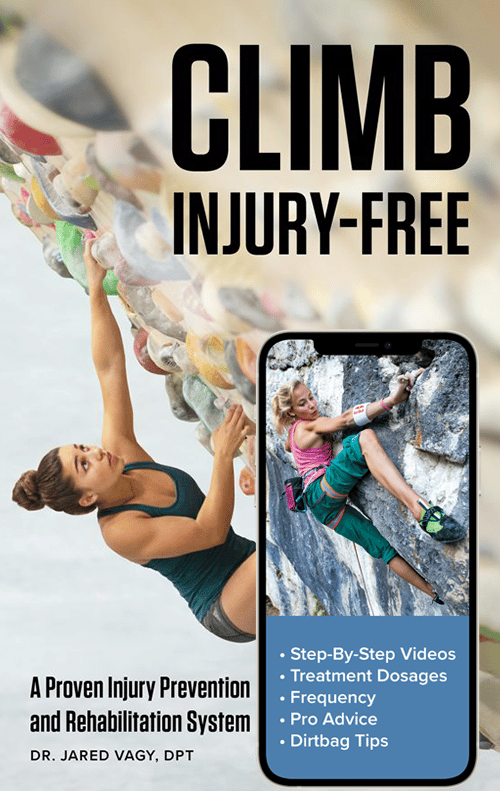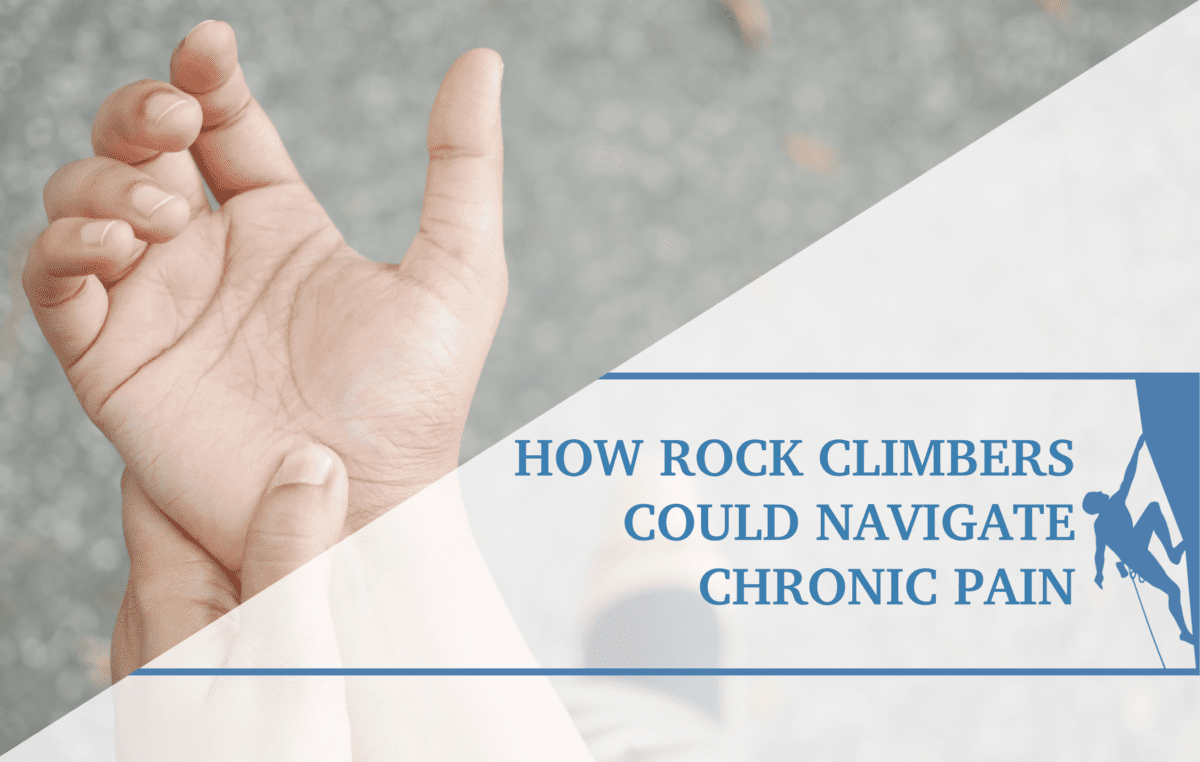Addressing Eating Disorders in the Climbing Community
There is generally an intuitive benefit to having low body weight as a rock climber. Constantly fighting gravity to pull your weight would be a lot easier if you just weighed less. Even if this is true, rock climbers shouldn’t feel like they have to lose weight to be good at their sport.
Disordered eating/negative body image is the “dark secret” that exists in the climbing community, both professionally and recreationally. The documentary style short film “LIGHT” by Caroline Treadway sheds light on this highly prevalent, but largely ignored issue in the climbing community.1
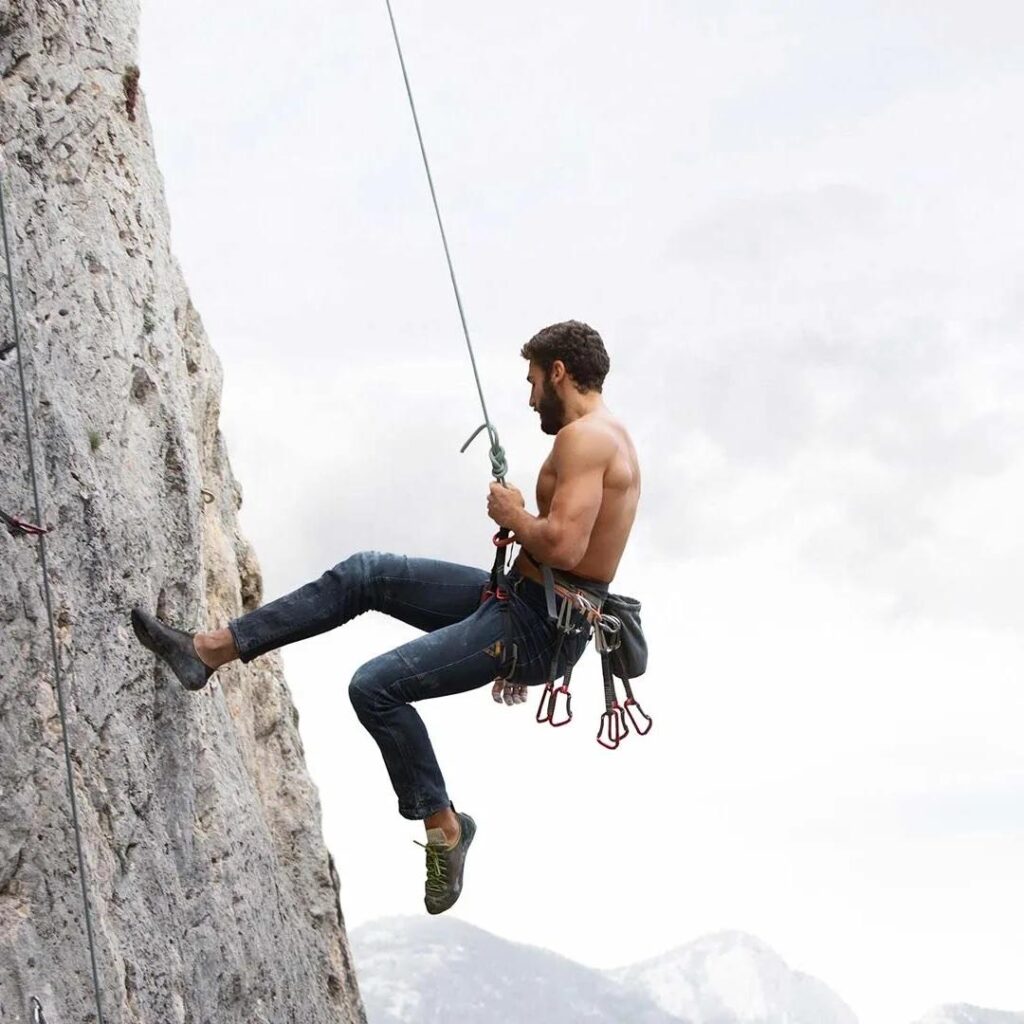
Treadway’s film hits close to home for me as a former dancer. I was used to seeing friends who were obviously losing weight or seemed to have a negative relationship with food and body image. I would often express my concerns to other dancers and they would brush it off because starving yourself in dance is “just part of the business.”I often felt crazy and questioned if I was overreacting because it seemed that I was the only one in my community who seemed to care that my friends were wasting away. Treadway describes a similar experience of climbers who were obviously struggling with an eating disorder, but the climbing community would write it off and the climber was praised for their success. Both the dancing and climbing communities share this dark secret where they trade the mental and physical health of their athletes for transient improvements in performance.
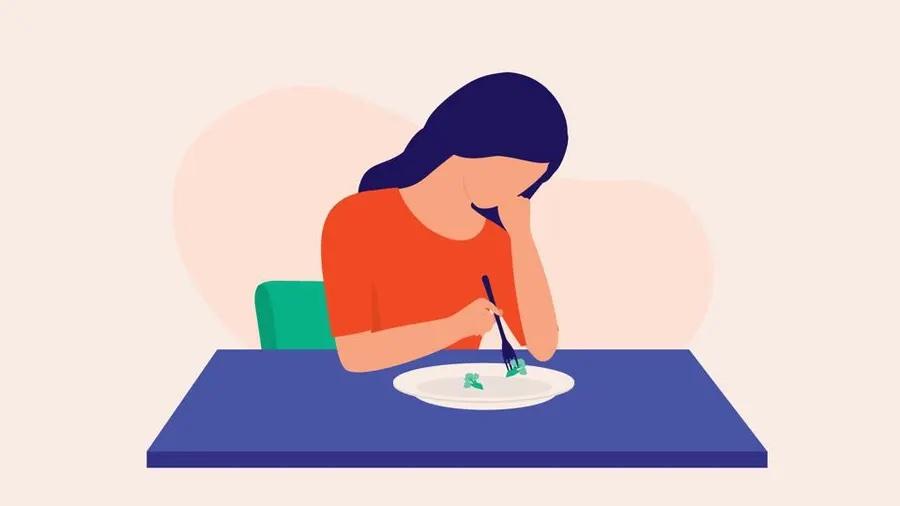
Signs and Symptoms
While being “lighter” is perceived to make the effort of rock climbing easier, eating disorders can lead to a number of negative symptoms including: fatigue, negative self-esteem, anxiety, depression, hair loss, feeling cold, and dry skin.1 Eating disorders can be devastating as they affect all systems of the body including the heart, kidneys, muscle and bone. According to Nicole Sobotka, a physical therapist who works at a center for eating disorders in Denver, Colorado, only one third of people with eating disorders actually seek care. Sobotka describes eating disorders as being akin to an opioid addiction where the disordered thoughts are all consuming.3
There are different types of eating disorders including anorexia nervosa, bulimia nervosa, and binge eating disorder. Anorexia nervosa is hallmarked by significant restrictive eating and/or binge/excessive exercising, while bulimia nervosa is characterized by bouts of binge eating followed by purges. Although the negative effects of eating disorders are devastating, you often cannot look at a person and know they are struggling. People with eating disorders are often imagined to look stick-thin or extremely fragile, but that is not always the case – a person struggling with an eating disorder might appear perfectly healthy or even strong. Additionally, in our current society, weight loss is often seen as a positive thing, something to celebrate, so it is easy to write someone’s weight loss as them “getting in shape.”3
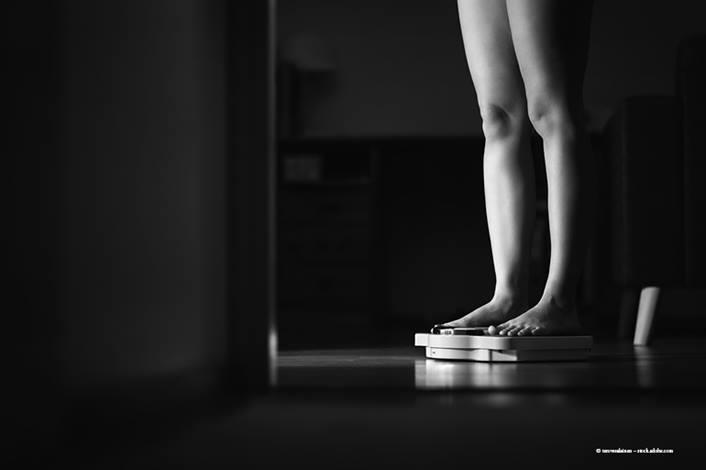
Assessment
While physical therapists are not directly responsible for the treatment of eating disorders, an eating disorder will directly affect rehab/prehab of injuries/conditions commonly seen in physical therapy practice. Additionally, physical therapists should monitor for signs and symptoms related to eating disorders as they are often overlooked within the medical community. As health care providers, we have to advocate for our patients.
In a podcast titled “Value of Physical Therapy in Addressing the Life-Limiting Effects of Eating Disorders”, author Nicole Sobotka, PT, DPT describes how eating disorders can come with life-limiting impairments and that physical therapists play a key role in addressing these challenges. Sobotka describes how most patients wait until they are medically unstable before seeking treatment for their eating disorder. Physical therapists should be part of the interdisciplinary medical team to intervene early on patients with eating disorders, and help to identify those who are at risk to prevent an eating disorder from escalating to a medical crisis. Physical therapy can help restore function, improve relationships with body image and exercise, and identify individuals who may be at risk for developing an eating disorder.3
Holistic Approach to PT
While physical therapists cannot treat eating disorders directly, there are a number of ways PT’s can help support their athletes who may struggle with body image and eating disorders:3
- Offer resources for patients/advocate for them with other health care providers who may have a suspected or confirmed eating disorder.
- Encourage a positive sense of self/body image.
- Provide education on negative effects of eating disorders especially related to the musculoskeletal system such as osteoporosis.
- Educate patients on stress management strategies through movement such as incorporating diaphragmatic breathing exercises into daily activities.
- Educate patients on evidence for exercise dosing including taking rest days and how nutrition plays a significant role in optimizing an exercise stimulus.
- Collaborate with other health care providers to ensure patients are given the care they need.

The Research
- Treadway C. Light – the documentary film. YouTube. February 1, 2021. Accessed January 15, 2024. https://www.youtube.com/watch?v=thtDQJGrO5s.
- Strand, M. Attitudes towards disordered eating in the rock climbing community: a digital ethnography. J Eat Disord 10, 96 (2022). https://doi.org/10.1186/s40337-022-00619-5
- 1. Sobotka N. Podcast: Value of physical therapy in addressing the life-limiting effects of eating disorders. Choose PT. December 4, 2020. Accessed January 15, 2024. https://www.choosept.com/podcast/value-of-physical-therapy-in-addressing-life-limit.
- Images:
- https://www.gqindia.com/content/health-benefits-of-rock-climbing
- https://www.forbes.com/advisor/education/psychology-and-counseling/become-an-eating-disorder-therapist/
- https://www.nationwidechildrens.org/family-resources-education/700childrens/2021/03/warning-signs-eating-disorders
- https://mattgangloff.medium.com/128-questions-for-holistic-lifestyle-design-a4022186a72e
Author Bio
Marlene Jensen is a second year DPT student at the University of Southern California. Jensen attended Loyola Marymount University where she received her B.A. in Dance and her B.S. in Health and Human Sciences. Upon graduating from LMU, Jensen decided to take a break from the world of dance and was searching for a new hobby that kept her physically active, so she tried out rock climbing. Marlene is passionate about advocating for mental health especially within sports such as dancing and rock climbing. Outside of rock climbing, Marlene enjoys hiking, dancing, and cooking.
- Disclaimer – The content here is designed for information & education purposes only and the content is not intended for medical advice.

